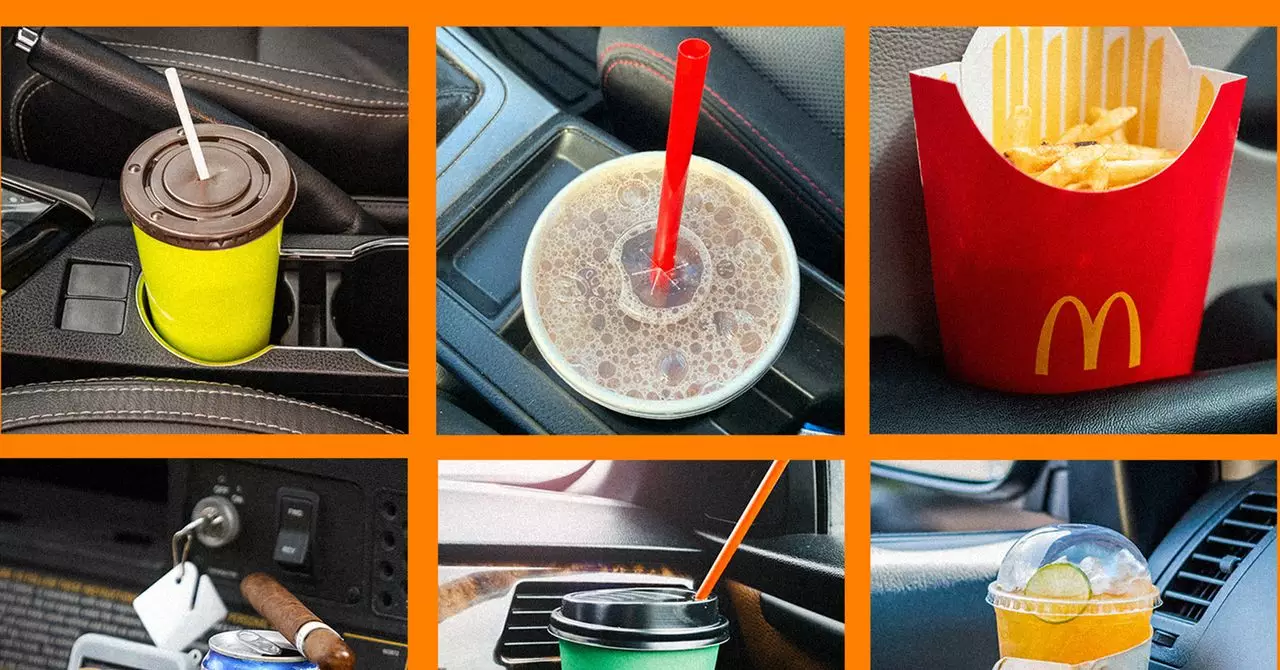When we envision cutting-edge vehicles, we often focus on flashy tech, autonomous driving, and sleek aesthetics. Yet, the recent survey on 2025 model-year automobiles reveals a surprising truth: the success of a vehicle isn’t solely dictated by digital sophistication but also by the smallest, most mundane features—like cup holders. This finding suggests that what truly elevates the driving experience isn’t just innovation for innovation’s sake but a thoughtful focus on core user needs. As manufacturers delve into complex systems—ADAS, ambient lighting, self-driving modes—it’s essential to recognize that these advancements only resonate if they complement fundamental comfort factors.
In this landscape, comfort is king, and practicality comes before luxury. The survey’s focus on “cup-holder frustration” underscores a broader insight: the everyday usability features matter immensely to consumers. It’s a stark reminder that technological luxuries cannot compensate for basic inconveniences. Customers want their vehicles to be reliable, intuitive, and accommodating—the little things that make cabin life pleasant. This attention to detail is not a trivial matter; it’s a strategic imperative that can determine brand loyalty and purchase decisions.
The Critical Role of Design in Consumer Satisfaction
Design features such as door handles or cup holders may seem insignificant compared to high-tech dashboards, but they are the first touchpoints connecting users to their vehicle. These seemingly minor areas have outsized influence on overall satisfaction. When a user struggles to fit a large Yeti Rambler in the cup holder or spills their coffee during a sharp turn, frustration builds, sometimes overshadowing the vehicle’s more glamorous features.
For automakers, understanding this dynamic is vital. The challenge isn’t just about fitting a cylindrical space into the console; it’s about adapting to the evolving consumer lifestyle—where drinks come in all shapes and sizes, and the need for quick, accessible refreshment is constant. Recognizing that bigger vehicles demand larger, more adaptable beverage spaces is a crucial lesson for the industry. As the culture of consumption leans heavily toward oversized drinks, the car’s interior design must meet this demand without sacrificing style or tech integration.
Innovation Rooted in Real-World Needs
The focus on cup holder design exemplifies a broader trend: consumer satisfaction hinges on addressing authentic, everyday problems. Engineers like Chris Fischer from Nissan emphasize that satisfying basic needs often influences perceptions more strongly than high-tech bells and whistles. A vehicle with all the latest safety features but subpar cup holders risks alienating buyers who prioritize comfort and usability.
The importance of these features extends beyond mere convenience. They tie into the emotional connection consumers develop with their vehicles. When a simple task—such as retrieving a drink—is smooth and hassle-free, it reinforces confidence and positive relationship-building with the brand. Conversely, persistent dissatisfaction with such features erodes trust, even if the vehicle boasts revolutionary software or advanced drive systems.
The Future: Balancing Innovation with Practicality
Automakers stand at a crossroads—whether to chase after the next tech trend or to refine the fundamental aspects of driving comfort. The data suggests that ignoring everyday usability can be a costly mistake. The industry must prioritize adaptable, user-centered design that considers diverse lifestyles and preferences.
Looking forward, this means investing in flexible, innovative storage solutions that anticipate the sizes and shapes of future drink containers. It’s about creating thoughtful designs that enhance user experience at every touchpoint. Emphasizing practicality doesn’t diminish the appeal of cutting-edge technology; instead, it complements it, ensuring that advancements are grounded in real-world needs.
By embracing this holistic approach—where innovation meets everyday practicality—automakers can craft vehicles that truly delight consumers. The lesson is clear: excellence isn’t just about the future; it’s about perfecting the present, starting with the simple joys of a well-designed cup holder. After all, in the grand scheme of driving joy, some of the most meaningful improvements are the ones that make everyday moments effortless.

